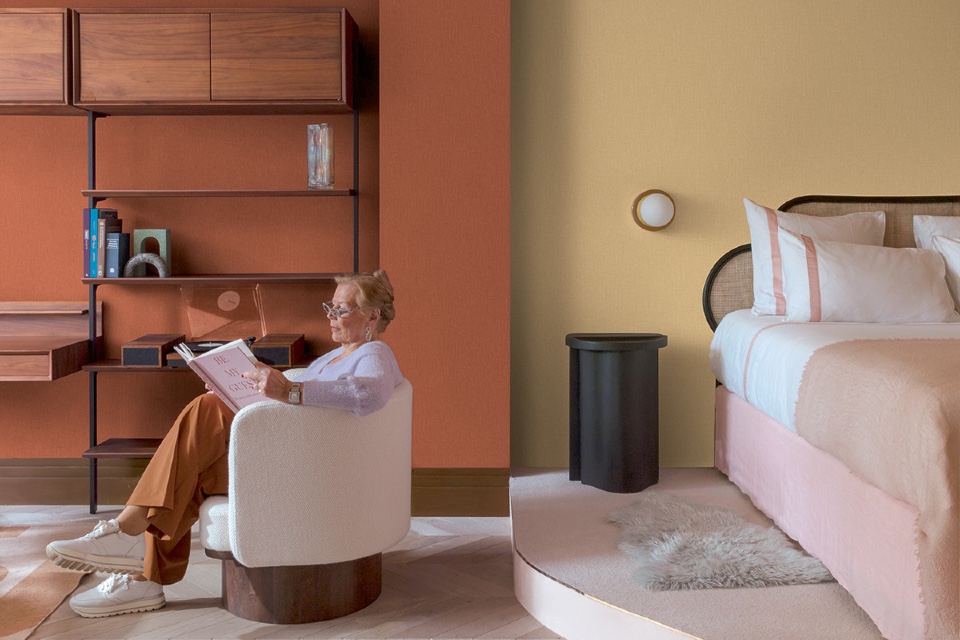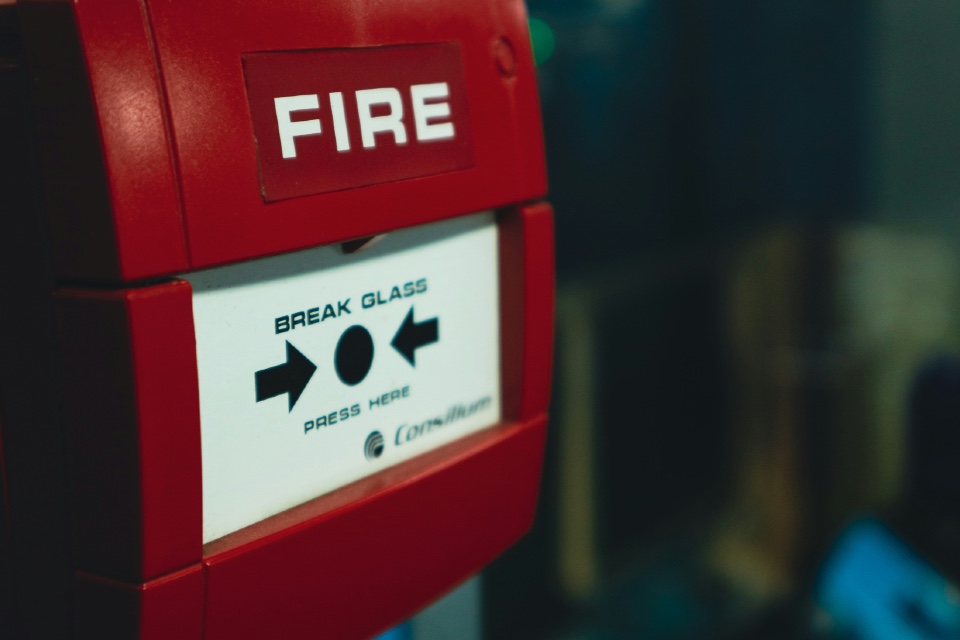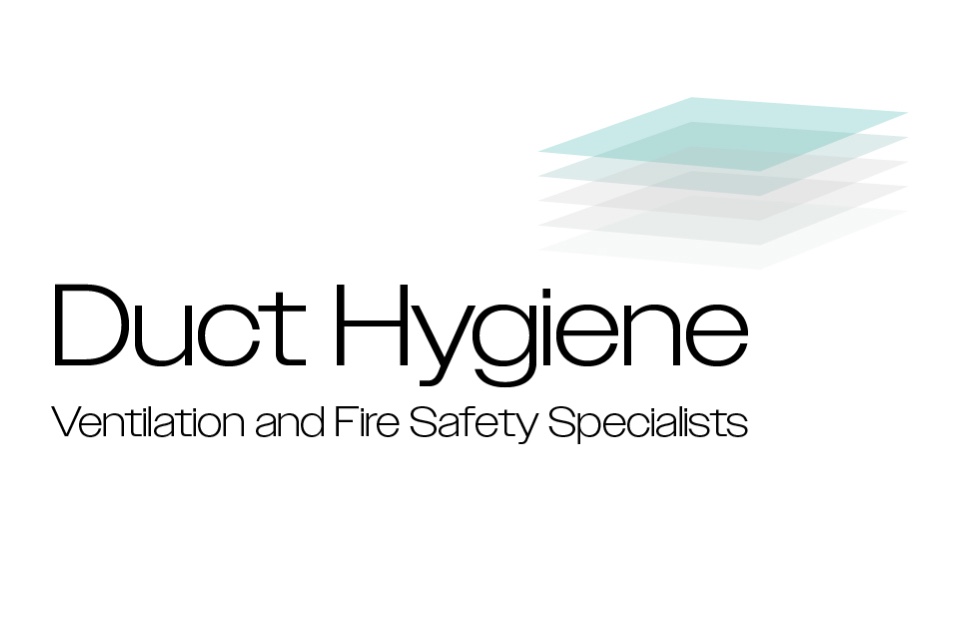Care home managers must work with the right health and safety partners to maintain safe environments for both residents and staff. The right partnership can improve compliance, risk management, and emergency preparedness, while also enhancing operational efficiency. Here’s how delegates at the Care Forum are approaching the task…
1. Identify Key Health & Safety Needs
Before evaluating potential partners, care home managers should assess their specific health and safety priorities. These may include:
✔ Compliance management – Staying up to date with Care Quality Commission (CQC) guidelines, fire safety regulations, and infection control protocols.
✔ Infection prevention solutions – Implementing air purification systems, antimicrobial coatings, and hygiene monitoring technologies.
✔ Staff training and risk management – Ensuring caregivers are equipped with the latest health and safety trainingfor manual handling, medication safety, and emergency procedures.
✔ Incident reporting and emergency response – Digital systems for tracking incidents, improving response times, and automating risk assessments.
2. Ensure Compliance and Industry Expertise
The right partner should have deep expertise in UK health and safety regulations. When selecting a provider, check for:
- Certifications and accreditations with UK regulatory bodies (e.g., CQC, HSE, Fire Safety Act 2021).
- A proven track record in the care home sector, with case studies or client testimonials.
- Up-to-date knowledge of changing safety laws and best practices to help your facility stay compliant.
3. Prioritise Integration with Existing Systems
Technology plays an increasing role in care home safety, and any new health and safety solutions should integrate with existing incident reporting, staff training, and resident monitoring systems. Look for partners that:
- Offer cloud-based health and safety platforms that provide real-time reporting and compliance tracking.
- Integrate with electronic patient records (EPR) to ensure a joined-up approach to resident safety.
- Provide automated alerts and analytics to improve safety outcomes.
4. Evaluate Cost vs. Long-Term Value
While budget constraints are always a concern, care home managers should weigh short-term costs against long-term benefits. Consider:
✔ Subscription vs. one-time payment models – Some safety solutions may offer scalable pricing based on facility size.
✔ ROI on reducing risks – Investing in preventative safety measures can lower litigation, insurance claims, and compliance penalties.
✔ Ongoing support and training – The best partners offer continuous education for staff, ensuring sustained improvements in health and safety compliance.
Selecting the right health and safety partners is crucial for regulatory compliance, risk reduction, and overall resident well-being. By choosing industry-experienced providers that offer integrated, cost-effective, and future-proof solutions, care homes can create safer environments for residents and staff while maintaining operational efficiency.
Are you searching for Health & Safety solutions for your organisation? The Care Forum can help!






